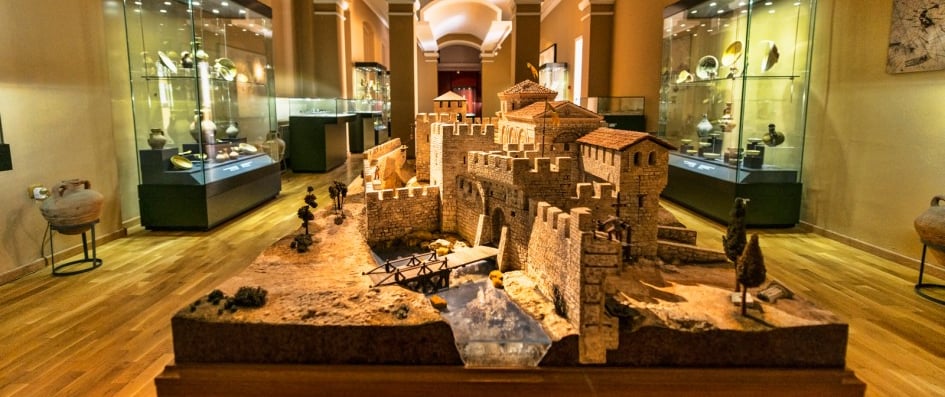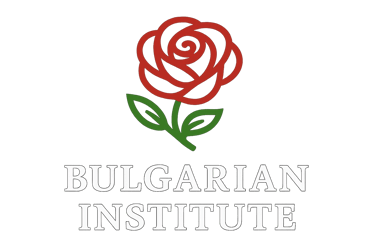Varna Archaeological Museum – Varna
Dive into millennia of prehistory, Thracian opulence, Roman harbor life, and medieval heritage collected along the shores of the Black Sea.
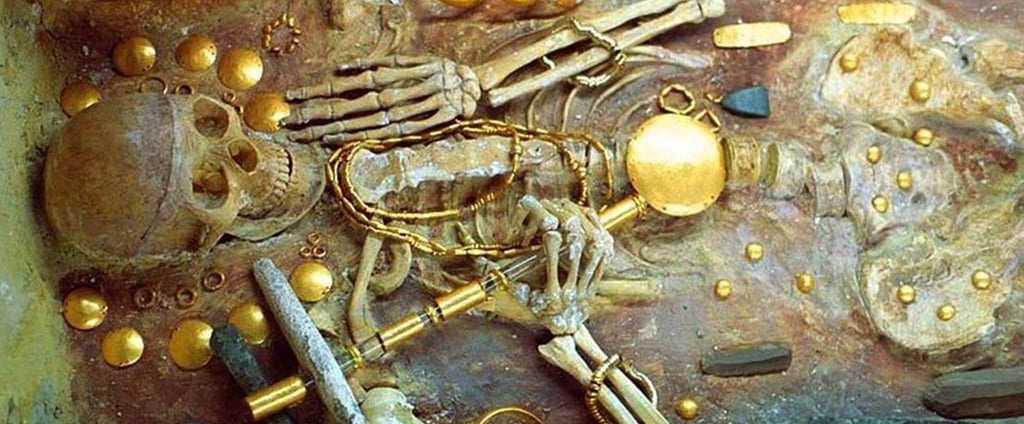

A Beacon of Heritage on the Varna Coast
Perched near the city’s bustling center, the Varna Archaeological Museum serves as both a guardian and storyteller of Southeastern Europe’s deep past. It houses treasures that stretch back thousands of years: burial gifts from the world’s earliest gold-working culture, magnificent Thracian jewelry, echoes of Roman trade, and artifacts from medieval fortified towns. Simply entering its marble-lined façade is like opening a portal through time.
The museum began in earnest in the mid-20th century when archaeologists, exploring the rich soils around Varna, began to unearth remarkable finds. The famous Necropolis—discovered in the 1970s around Lake Varna—ignited international enthusiasm. Now preserved in underground vaults beneath the museum, these burial sites contain gold and copper artifacts dating to around 4,600 BCE—prefacing the rise of metallurgy in human societies. The museum thus became a shrine to Europe’s first explorers in craft, metallurgy, society, and ritual.
From the Stone and Chalcolithic to Urban Mediterranean Exchange
Begin your journey with fragments of Neolithic pottery: bowls, decorated ceramics, stone adzes, and simple flint tools that speak of early agricultural communities. These simple artifacts convey experiences of early life—domesticity and subsistence—before metal shifted economies and social hierarchies.
A gallery transition reveals Chalcolithic complexity: finely worked copper daggers and axes, thin gold spirals, and ornamental gold beads appear alongside the bodies of those who once wore them. The Varna Gold Treasure stands out as a moment of transformation; this is Europe’s earliest know gold hoard. The gold artifacts, vibrant and intentional, convey the sudden dawn of metallurgy, union between aesthetic and social display, and ritual significance—not simply as personal wealth, but possible symbols of emerging inequality and spiritual ceremony.
Thracian Pageantry and Aegean Connections
Next, the museum leads you into the world of the Thracians. Mounted on black pedestals, ceremonial gold torcs and wreaths shimmer like solar crowns. Metallic griffins and magical amulets reveal a warrior elite, mythmakers of the world between the mountains and the sea. Colors of gold reflect a people in trade networks across the Aegean, in alliance with Greek city-states and drawn into Hellenistic imperial orbit.
Imported pottery—fine Attic black-figure vessels—and Thracian replicas surface alongside it. Funerary stelae depict horsemen on campaigns, tribe names incised in carved marble. These remains suggest a diverse cultural vocabulary: Greek forms, indigenous aesthetics, ritual geometries entwined with heroism.
Roman Port Life and Byzantine Flux
A gallery dedicated to Varna’s Roman port explores life under the Empire, once called Odessos. Roman milestones, grave-stones, and tombstones capture artisans, soldiers, merchants. Terra-cotta zoomorphic oil lamps depict dolphins and fish—invocations to divine favor at sea. Architectural fragments—column capitals, mosaic tesserae showing marine scenes—suggest a prosperous city tied to wool, wheat, wine, and mineral exports from the Balkan hinterland.
A Byzantine wing narrates the later life of the city—chapel tilework, Christian relief stones carved with crosses, and reliquaries, signal Christianization. Inscriptions from various emperors, including Constantine VII, speak of administrative continuity. Scenes from mythology give way to icons; ivory combs and belt buckles suggest new forms of modest, faith-based display.
Practical Information for Visitors
The Varna Archaeological Museum is located at 4 Yordan Yovkov Street near the sea garden and operates daily except Mondays. Standard hours are 9:00 AM to 6:00 PM; summer months extend to 7:30 PM. Tickets are available on site or online; full admission grants access to the main exhibition, special underground vault tour, and temporary galleries. Discounts are offered to students, seniors, families, and local residents; children under 7 often enter free.
The museum includes an auditorium for lectures and film screenings, a café overlooking landscaped gardens, and a shop selling replicas of Thracian jewelry, archaeological publications, and children’s activity packets. Facilities include accessible toilets, ramps, elevators, and special VR stations for tactile examination of buried finds. Photography is permitted in most areas, with restrictions in conservation zones.
Guided tours are offered in Bulgarian, English, and Russian. Audio guides and mobile app tours contextualize exhibition themes. Scholars may request access to archives and labs with advance approval. School group activities include replica pottery assembly, coin minting, and excavation sandbox simulation.
Nearby public transport includes tram lines 1, 2, and 4; buses from the central train station. Paid parking is available in adjacent lots. Visitors may combine museum visits with the Sea Garden, Varna Aquarium, or Ethnographic Museum for a varied cultural itinerary.
A Museum That Reveals Continuity and Emergence
The Varna Archaeological Museum tells a powerful regional story that reaches far beyond Bulgaria’s borders. Each artifact reveals shifts in technology, identity, spiritual practice, and economics—from the first goldsmiths to Mediterranean merchants, Byzantine communities, medieval kingdoms, and Ottoman administration. It reminds us that our present is built upon layers of labor, imagination, and adaptation.
To enter the museum is to touch the dawn of metallurgy, to see a chalice sparkling like fire in darkness, to hear the ghostly echo of human choices along the shores of the Black Sea. It is a deeply human place—curious, layered, textured—inviting reflection on the artistry we leave behind. In preserving this continuity, the Varna Archaeological Museum becomes not merely a collection of objects but a framework for connection across millennia.
Visit the official website here: https://archaeo.museumvarna.com
Curating Challenges and Cultural Debates
The museum confronts philosophical questions. How to contextualize the Varna treasure without glorification? How to balance heritage with participation? How to display local pride without dynastic myth? Numerous events focus on these issues. Annual panels ask whether Bulgaria should loan its gold treasure globally, or how to return Ukrainian artifacts abducted by traffickers in 1940.
The curatorial program prizes multicultural reflection. Thracian templates are compared to contemporary Bulgarian Romani communities, proposing continuities rather than roots. Refugee resettlement in Bulgaria is coupled with museum outreach labs teaching ceramic identification to new arrivals.
Visitor Experience: Movement, Light, Reflection
Walking the museum's rooms feels like traveling through time blocks arranged symphonically. Natural light filters through eastern windows in Chalcolithic halls, while stark spotlighting highlights Thracian gold. Roman rooms use mosaic floors and reconstructed port pillars to evoke both earth and sea. A Byzantine chapel niche, with low ceiling and tiled walls, demands contemplation. Medieval Bulgarian halls echo with 15th-century stone tracery; the Ottoman ceramics are placed near mosques murals.
Entrance areas are spacious yet intimate. Corridors offer seating for reflection. A guided path is suggested, but visitors often wander to rediscover symbols or forms. The museum is quiet but not hushed. Occasionally footsteps echo; school groups whisper; tourists record narrated audio guides.
Educational Outreach and Community Ties
The museum is embedded in Varna’s cultural calendar. It co-hosts summer concerts in front courtyard featuring ancient music on reconstructed Thracian lyres; it hosts writing workshops where participants craft short narratives as if from the eyes of familiar objects. Each December, the museum hosts a “Museum Night” with open evening access, theatrical performances by archaeology students, and candle-lit exhibitions.
It participates in national ‘Come to Your Museum’ day. Exhibits are mapped through city tours that combine Rogozen Treasure, the Aladja Monastery frescoes, and the Black Sea villas of Odessa. The museum magazine publishes research in Bulgarian and English, and a podcast narrates gold histories, Roman ship networks, and medieval siege tactics.
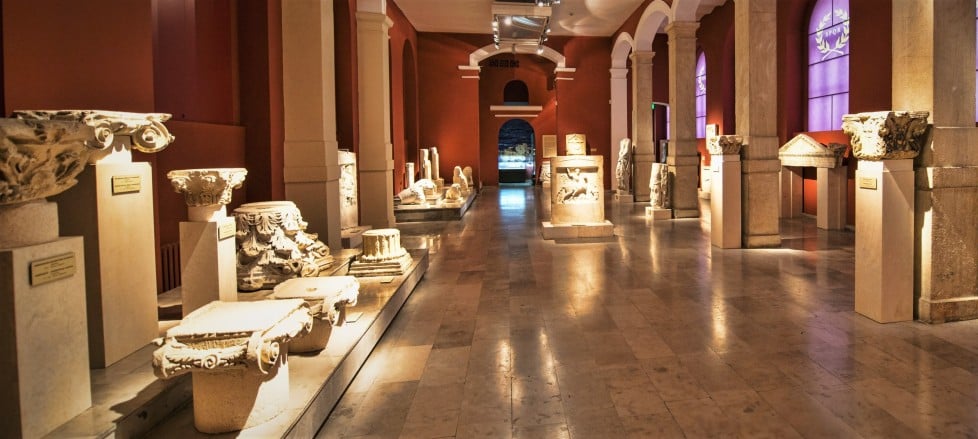

Medieval Craft, Commerce, and Ottoman Transition
The museum transitions into the medieval Bulgarian period: a showcase of coins, belt buckles, and weapons from medieval fortresses dotting the Balkan interior. Golden Christian icons, carved wooden crosses, and reliquary fragments hint at spiritual life. Simple ceramics reveal both daily routine and artistic flourish.
The Ottoman era is represented by elements of ceramic pottery—blue-glazed sgraffito plates, brass wares, and Ottoman coins. Accessed via bell-shaped staircases, these artifacts narrate centuries of imperial integration, trade, and religious plurality, prior to modern nation formation.
Burial Enigmas and Reconstructed Ritual Spaces
The museum offers a compelling exploration of funerary practices. In a blackened room lined with mirrors and diffused lighting, funerary vessels and reconstructed grave pits immerse visitors in the necropolis atmosphere. Regions once covered with earth tombs include wooden coffin reveals preserved in mineral water. Archaeological diagrams and 3D reconstructions describe ceremony moments: how bodies were laid to rest, which artifacts accompanied them, and how social distinctions may have been performed in death.
Interactive monitors nearby let visitors examine virtual layers—today’s soil, the coffin, the body, the treasure, over millennia. These spaces bridge conservation and interpretation, offering visceral insight into ancient lives.
From Research to Public Science
The Varna Archaeological Museum is more than a display cabinet; it is a dynamic research center. Behind locked doors, conservation labs hum with digital scanners, metal restoration, glass stabilization. Scientists analyze grave goods to determine alloy composition, sourcing copper from Balkan mines, and track the origin of gold glimmering under microscopes. Students and artisans work together renewing ancient ceramics through experimental archaeology, replicating techniques and firing kilns.
Open-air lectures invite local schoolchildren to handle flint flakes and replica Chalcolithic jewelry under supervision. Museums host summer sessions where techniques for icon reproduction, mosaic assembly, digital pottery imagery, and ancient agriculture—seed planting and basket weaving—are taught.
These programs have national reputation: visiting researchers catalog late antique graffiti in catacombs; historians map medieval church remains in municipal abandonment; conservationists deploy new anti-microbial treatments for organic residue on leather and textiles.


